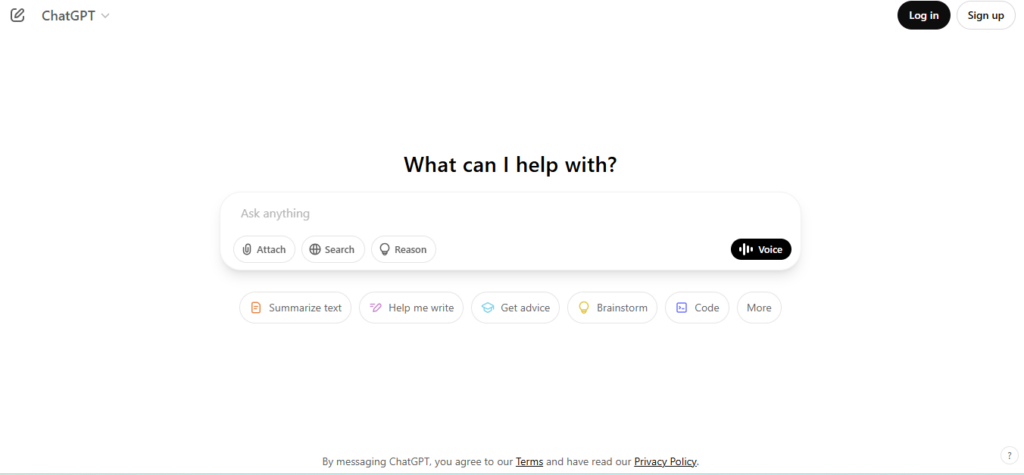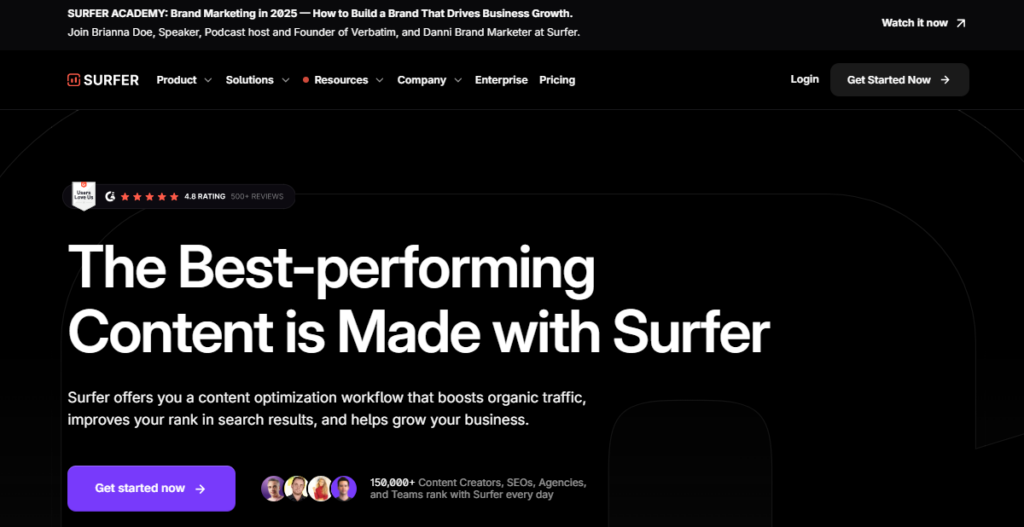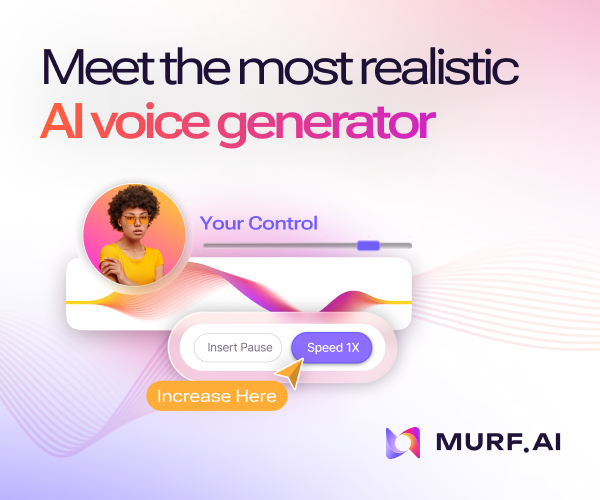In the crowded world of e-commerce, your product descriptions aren’t just text—they’re your silent salespeople. A compelling description can mean the difference between a click and a cart. But crafting hundreds of unique, persuasive blurbs is time-consuming. Enter AI: 63% of e-commerce brands now use AI tools like ChatGPT to write product copy, slashing content creation time by 70% while boosting conversions by up to 35% (Gartner, 2024). Ready to turn algorithms into revenue? Let’s dive in.

The good news? AI can help craft product descriptions that actually convert. Whether you’re running a dropshipping business, an e-commerce store, or selling digital products, AI can save time and boost sales by generating engaging, persuasive descriptions in seconds. Let’s break it down.
Why Product Descriptions Make or Break Sales
Consider this:
- Shoppers who read product descriptions are 154% more likely to purchase (Baymard Institute, 2023).
- 87% of consumers say poor descriptions (vague details, spelling errors) erode trust (Salsify).

Yet, 41% of small businesses struggle with “writer’s block” when creating copy (Shopify). AI solves this by generating SEO-friendly, emotionally resonant text at scale—but only if used strategically.
Imagine this: You’re looking for a smartwatch. You see two listings.
Option 1:
“Smartwatch with 1.75-inch display, Bluetooth, fitness tracking, and waterproof design.”
Option 2:
“Stay connected and crush your fitness goals with this sleek, waterproof smartwatch. Featuring a vibrant 1.75-inch display, built-in fitness tracking, and seamless Bluetooth connectivity, it keeps you on top of your health, calls, and notifications—all in one stylish package.”
Which one sounds more convincing? Exactly. A product description should go beyond facts—it should paint a picture, spark interest, and answer why someone needs the product.
How AI Helps You Write Winning Descriptions
AI-powered tools don’t just generate text; they analyze market trends, customer psychology, and high-converting copy to create descriptions that sell. Here’s how:
1. AI Identifies What Sells Best
AI analyzes thousands of top-selling products to identify what kind of descriptions perform best. It knows which words trigger emotions, what phrases make people click “Buy Now,” and how to create urgency.
2. AI Writes SEO-Optimized Descriptions
Want your product to rank higher on Google and marketplaces like Amazon? AI tools naturally integrate keywords into descriptions, making sure your products show up in search results without sounding robotic.
The Power of AI in SEO: How to Rank Higher and Drive More Traffic with AI
3. AI Personalizes Descriptions for Different Audiences
A fitness watch can appeal to athletes, busy professionals, and casual users—each needing a slightly different message. AI can tweak descriptions based on customer segments, making them more relatable.
Also read : AI-Powered Personal Branding: How to Build Authority Faster
4. AI Creates Short & Long-Form Variations
Need a snappy one-liner for your homepage? A detailed description for Amazon? AI can generate multiple versions, so you always have the right text for the right platform. The below steps will help you to learn how to write product description using ai to increase sales
5 Steps to Write AI-Powered Descriptions That Sell
1. Feed AI the Right Data
AI needs context to shine. Input:
- Product specs (materials, dimensions).
- Target audience (e.g., “outdoor enthusiasts aged 25–40”).
- Brand voice guidelines (“friendly, eco-conscious”).

Pro Tip: Use ChatGPT’s Custom Instructions to save your brand tone permanently.
2. Generate Multiple Variations

Tools like Jasper and Copy.ai can produce 10+ versions in seconds. A/B test these to see which resonates.
3. Inject Emotional Triggers
Prompt AI to include power words:
- Scarcity: “Last 3 in stock!”
- Social proof: “Bestseller since 2022.”
- Benefits: “Saves 2 hours weekly.”
4. Optimize for SEO

Use SurferSEO or Frase to identify keywords. For a “yoga mat,” AI might prioritize “non-slip,” “eco-friendly,” and “thick cushioning.”
5. Humanize the Output
Edit AI drafts to add humor, storytelling, or cultural references. Example:
AI Output: “Wireless earbuds with 24-hour battery life.”
Human Edit: “Jam nonstop from sunrise to sunset—these earbuds outlast even your longest playlist.”
The Best AI Tools for Writing Product Descriptions
- ChatGPT – Perfect for creative, engaging product copy
- Copy.ai – Generates high-converting descriptions in seconds
- Jasper AI – AI-powered writing assistant with SEO optimization
- Writesonic – Creates descriptions, ad copy, and more
Pro Tips for Maximum Conversions
- Focus on benefits, not just features – Don’t just say “waterproof watch.” Say, “Go for a swim without worrying about your watch.”
- Use sensory words – Make descriptions feel real. “Soft, breathable fabric” sounds better than “cotton material.”
- Create urgency – Words like “Limited stock” or “Bestseller” can push hesitant buyers to take action.
- Keep it scannable – Use bullet points and short paragraphs. People skim—make it easy for them.
Case Studies: AI Copy in Action
1. EcoWear’s 40% Conversion Boost
This sustainable apparel brand used Jasper to create descriptions emphasizing eco-materials. By adding keywords like “carbon-neutral shipping,” organic search traffic rose by 60%, lifting sales by 40% in 6 months.
2. TechGadgets’ Viral TikTok Product
A phone accessory seller prompted Copy.ai to write descriptions using TikTok slang like “cheugy” and “vibe check.” The result? A15 phone grip became a viral hit,earning earning 250K in 3 weeks**.
3. PetPaws’ Reduced Returns
By training ChatGPT on customer reviews, PetPaws identified that buyers wanted “easy-to-clean” dog beds. Returns dropped by 25% after updating descriptions with this phrase.
Avoid These AI Copywriting Mistakes
- Generic Outputs: Always customize AI prompts. “Write a description” is too vague—try “Write a luxury skincare description targeting women over 40, highlighting collagen boost.”
- Ignoring Mobile Shoppers: 73% of e-commerce traffic is mobile. Use short paragraphs and bullet points.
- Forgetting CTAs: AI can embed subtle CTAs like, “Join 10K+ happy customers—add to cart before midnight.”
The Future: AI + Human Creativity = Unbeatable Duo
By 2025, AI will handle 80% of routine copywriting, but human editors will remain crucial for brand voice (Forrester). Emerging tools like Google’s Gemini promise real-time collaboration, letting teams edit AI drafts simultaneously.
Ready to Supercharge Your Product Listings?
Start today: Pick one product, generate an AI description, and A/B test it against your current version. As copywriting legend David Ogilvy said, “Never stop testing, and your advertising will never stop improving.”
Tried AI for product descriptions? Share your results below or tag a seller who needs copywriting magic!








